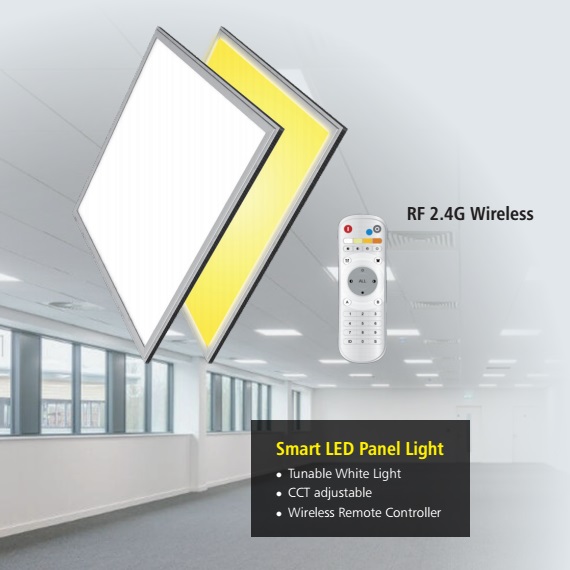
With the replacement of traditional grid lights by led panel lights, the quality and appearance of led panel lights have received unprecedented attention. However, the price of led panel lights on the market is not the same, as low as several US dollars, and prices as high as 20-30 US dollars. What is the reason for the huge price difference?
The price is decided by venues, labor, materials, market and other factors. Today we will talk about the impact of light guide plates on the quality and price of panel lights. First of all: led panel light consists of a light guide plate, a diffuser plate, a reflective film, an aluminum profile, a power supply, and a led lamp bead. Among them, the light guide plate plays a decisive role in the light effect of the panel light, and the diffuser plate plays a role in the softness and evenness of the light of the panel light.
The light guide plate is divided into PS, PMMA, MS from the material
The advantages of PS are that the chemical stability, thermal stability, optical transmission characteristics, strong refraction, and electrical insulation properties are all very stable. Available in wet environments.
The disadvantage is that it is brittle, it is easily yellowed and brittle, and it is not heat-resistant. Can only be used in environments below 70°C. The refractive index is lower than acrylic. In general, lighting is suitable for use in indoor locations at mid-latitudes.]
PMMA is abbreviation of poly methyl methacrylate, also known as plexiglass or acrylic, a bit of weather resistance, heat resistance, not spontaneous combustion, light transmission rate of 90%, the light guide plate is suitable for higher brightness and ligt efficiency requirements Panel light products.
The disadvantage is that PMMA is brittle and costly. The size of acrylic light guides such as Mitsubishi is generally 3/4/6/8/10/12mm, and irregular sizes such as 1/2/3.8mm are rarely found. The first is 1-2mm of acrylic thin and easy to use. Crisp, 3.8mm, etc. Acrylic plates are non-standard, and the customization cost is high. Secondly, the acrylic plate is large in static electricity, and the dust is easily adsorbed. A 100,000 dust-free workshop is required to complete the assembly. However, PMMA light guide plates are favored by non-standard size panel lamp manufacturers because of their good light efficiency, strong weather resistance, low light attenuation, and environmental protection.
The transparency and toughness of MS is better than that of PS (through-benzene and benzene). The MS material mainly replaces acrylic transparency by 92% and haze by 2%. Toughness theory should be better than acrylic, and hardness is softer than acrylic. It is a combination of PS and PMMA.
Optical performance is good: Compared with the traditional light guide plate plus the printed design, it has higher uniformity and brightness.
Excellent dimensional stability: The use of MS material to produce micro-structured light guide plates with less warpage than conventional PMMA materials and excellent dimensional stability
Thin profile: With a thickness of 2 mm & 3 mm, it replaces the conventional 4 mm to 6 mm light guide plate.
TUBU has high light efficiency, color rendering index 95, anti-glare,color change and other series of panel lights, if you want to learn more about panel lights, please feel free to contact us(sales@tu-bu.com).
